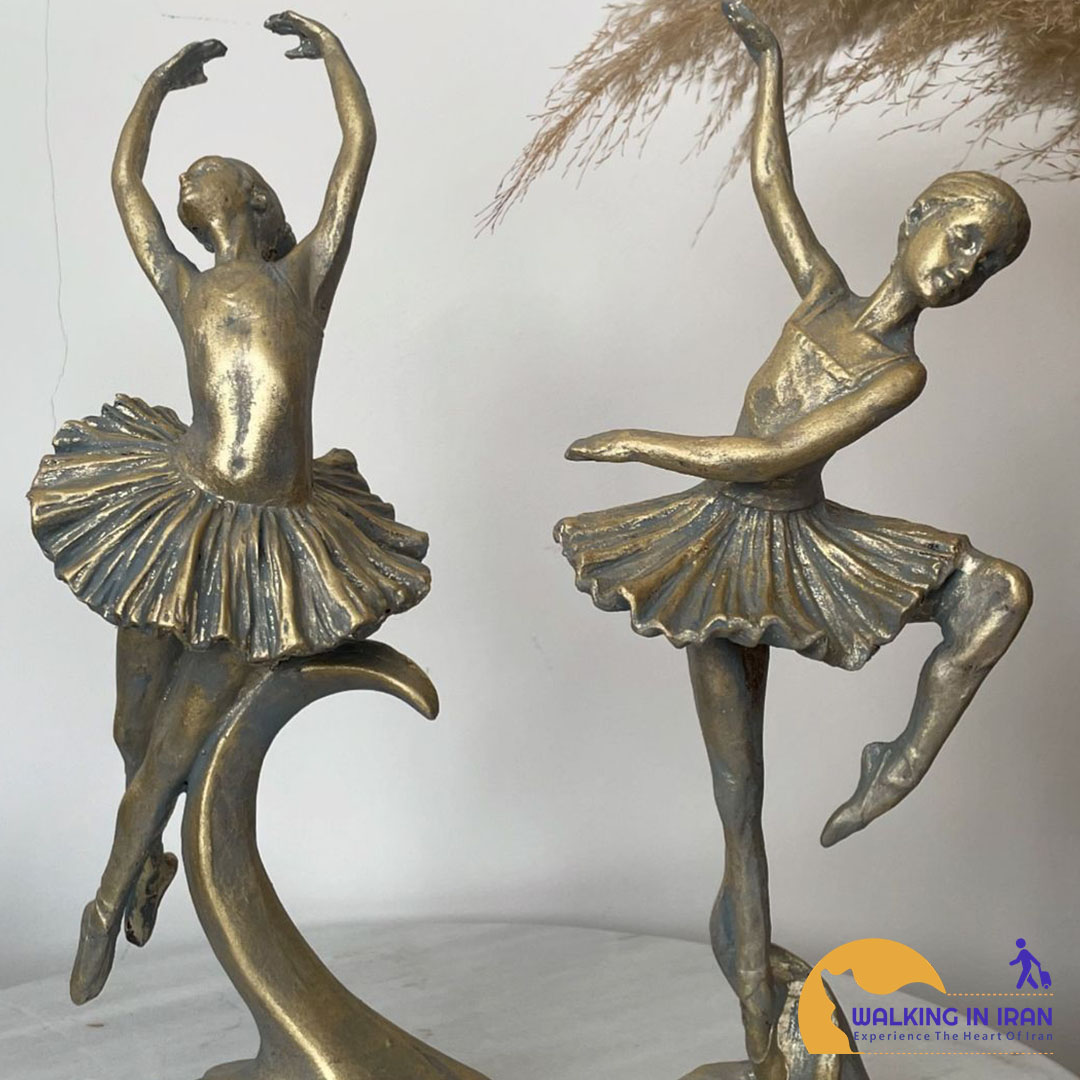The art of metal sculpture in Iran: a combination of antiquity and innovation
The art of metal sculpture in Iran has very ancient roots and is tied to the ancient civilizations of this land. Metals such as bronze, copper, iron and steel have long been used in making Iranian sculptures.
The history of metal sculpture in Iran
- Ancient civilizations: metal sculptures discovered from ancient Iranian civilizations, such as the Elamite and Lorestan civilizations, show the high skill of Iranians in working with metal and creating three-dimensional works of art. These sculptures often have a ritual and symbolic aspect and have abstract and symbolic designs.
- Islamic Period: With the advent of Islam and the prohibition of painting, metal sculpture in Iran stagnated. But in later periods, metal sculpture was revived in various forms such as making decorative metal vessels and practical objects.
- Qajar and Pahlavi period: in these periods, metal sculpture with the influence of Western art turned to modernity and Iranian sculptors created more abstract and modern works.
Features of metal sculpture in Iran - Variety of materials: metals such as bronze, copper, iron, steel, aluminum and steel are used in metal sculpture.
- Various techniques: Various techniques such as casting, forging, welding and bending are used to make metal sculptures.
- Diverse designs: The designs of Iranian metal sculptures are very diverse and include abstract and modern designs to realistic and classic designs.
Applications of metal sculptures - Decoration of urban spaces: metal sculptures are used in parks, squares and public buildings to decorate the space.
- Private Art: Many people buy metal sculptures to decorate their homes.
- Exhibitions and galleries: metal sculptures are exhibited in exhibitions and art galleries.


